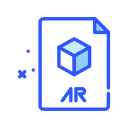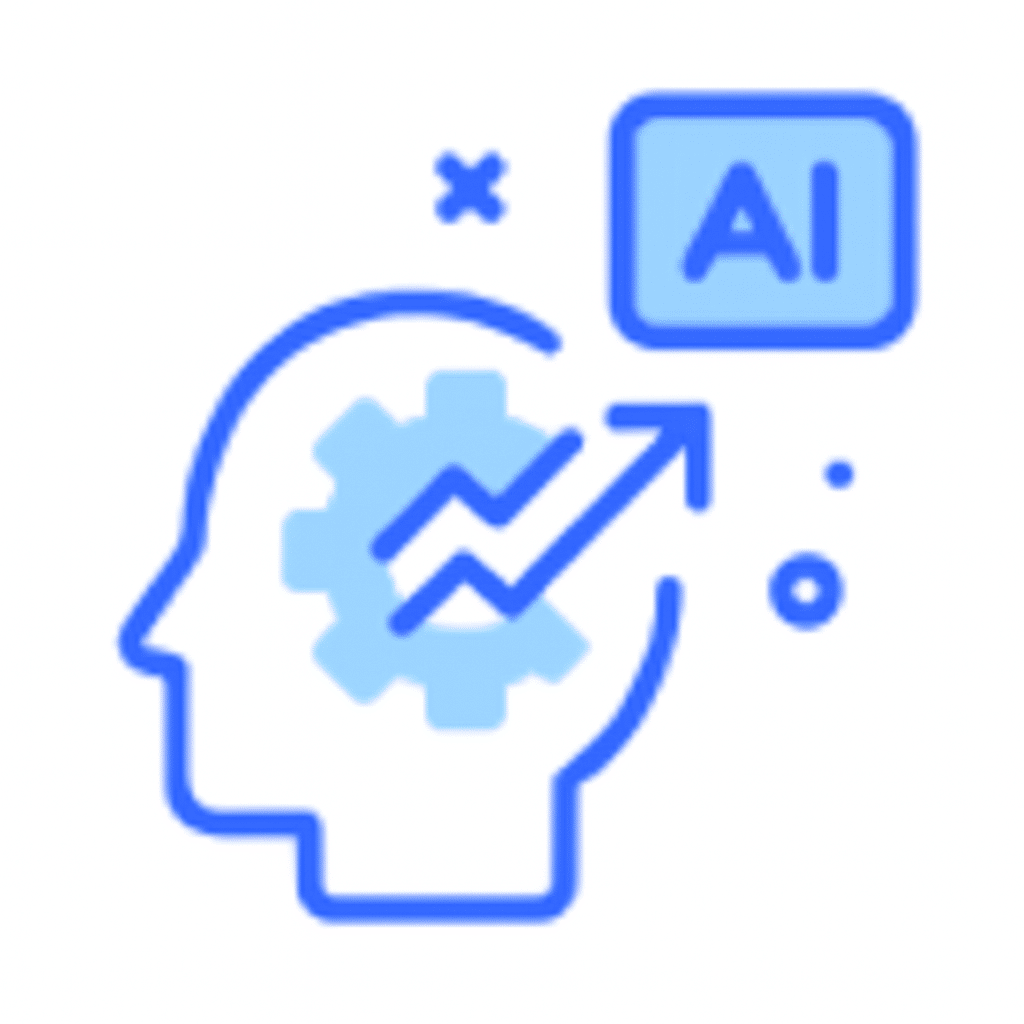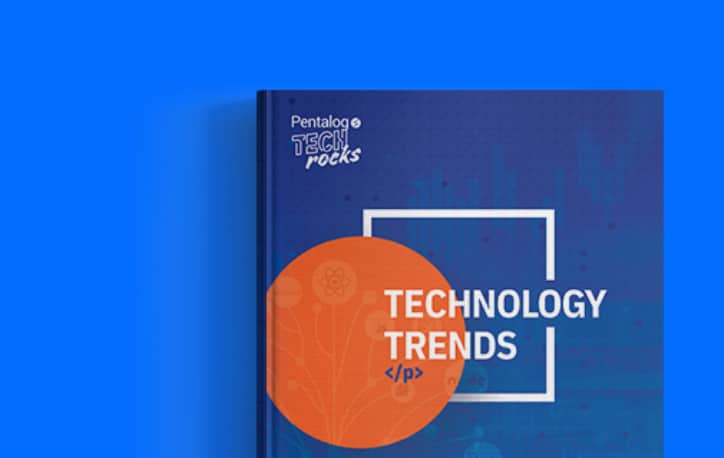How do we best resolve duplicates or combine related records across systems?
This is a question every business face when building a customer 360 view, strengthening fraud prevention, or ensuring regulatory compliance. But the answer isn’t always easy to find.
Choosing the right entity resolution software isn’t as simple as comparing feature lists. It’s about finding a tool that aligns with your organization’s technical architecture, regulatory environment, and operational demands. And this requires understanding how different platforms approach data matching.
This post compares Senzing and Data Ladder: two platforms that are widely recognized for identity resolution and deduplication use cases.
Whether you’re searching for a Senzing alternative or exploring how different data matching tools fit into your tech stack, this analysis is designed to clarify the trade-offs and strengths of each without bias or marketing spin. Because we want you to make an informed choice.
Senzing: Entity Resolution Engine
Senzing is a purpose-built, API-first entity resolution platform that leverages machine learning to uncover relationships and resolve identities across fragmented datasets. It’s known for its out-of-the-box intelligence and ability to handle complex, multilingual, and cross-cultural data matching scenarios.
Senzing’s biggest draw is speed: plug it in, and it can resolve entities across large datasets in near real-time. It also stands out for handling global data with complex name variations and cultural nuances.
However, it comes with trade-offs. Senzing’s pricing is based on record volume, matching rules are not customizable, and it does not include built-in profiling, cleansing, or merge-purge capabilities. It’s also a developer-first tool.
Data Ladder: A Data Matching Platform with Built-in Data Quality
Through its flagship product, DataMatch Enterprise (DME), Data Ladder provides a comprehensive data matching platform with built-in data quality capabilities for profiling, cleansing, standardization, deduplication, and survivorship (merge-purge).
For organizations considering a Senzing replacement, DME’s strength lies in its deep configurability, explainability, and transparent matching logic that empowers users to audit and control every aspect of the matching process.
Let’s unpack these differences in detail so you can see which approach better fits your environment.
Data Matching Philosophy: Preconfigured Logic vs. Transparent Controls
Both Senzing and Data Ladder offer entity resolution solutions designed to link records that belong together. But their philosophies differ.
Senzing takes a highly specialized approach. Its engine is optimized for real-time entity resolution, using comparators for names, addresses, phones, and other identifiers. It’s designed to continuously learn as new records arrive and link entities incrementally rather than through full reprocessing.
However, Senzing lacks in terms of control over logic. Its resolution logic is pre-configured and not user-adjustable. While Senzing does provide explainability through Why/Why Not/How APIs, you can’t fine-tune the actual match rules or thresholds. You see why the system decided something, but you can’t deeply alter how it decides in the first place.
Data Ladder, as an alternative to Senzing, offers versatility and control with a transparency-first approach. Its engine not only combines phonetic, string similarity, and rule-based algorithms to ensure better matching, it also allows users to tune thresholds, test match rules, perform clerical review, and understand how each match was determined.
For organizations operating in regulated industries, such as healthcare, finance, and government, where every match must be explainable for compliance and auditing, this transparency is often a deciding factor.
| Feature Area | Data Ladder | Senzing |
| Matching Methodology | Deterministic and probabilistic matching using tunable rules, pattern libraries, and custom logic | AI-powered entity resolution using pre-trained intelligence and built-in scoring |
| Transparency | Full visibility into matching logic; every match is explainable and auditable | Traceable explanations via Why API, but algorithms not directly configurable. |
| User Control | High; users define match rules, thresholds, weightings | Medium; optimized defaults, limited user intervention |
Data Preparation: Profiling and Cleansing – Where Senzing Falls Short
One of the biggest and clearest differences between these two platforms lies in how they treat data preparation.
Senzing is designed to work with raw, messy, and incomplete records. Its resolution engine can handle misspellings, variations, and inconsistent formats without requiring upfront cleansing or standardization. This makes it very fast to deploy because you don’t need to build preprocessing pipelines first.
The trade-off, however, is that the underlying data remains unchanged.
While Senzing can resolve entities for operational use cases, the messy source records persist and may cause problems for downstream systems that depend on standardized or high-quality datasets.
Data Ladder, by contrast, embeds cleansing and standardization into the process. Through features like profiling, parsing, formatting, deduplication, and consolidation, it improves data quality before matching.
This ensures that the result is not just more accurate, controlled, and explainable entity resolution, but also cleaner datasets that can be reused across analytics, compliance, reporting, and master data initiatives.
This difference matters most in regulated industries or data-intensive environments, where auditability and long-term consistency are as important as quick matches, and is the reason why many businesses choose Data Ladder as an alternative to Senzing.
If you need not just to resolve records but also to trust and reuse the datasets across the enterprise, Data Ladder offers a broader, more sustainable solution.
Accuracy, Language Support, and Cultural Awareness
As mentioned earlier, one of Senzing’s strongest suits is its ability to detect subtle, multilingual, and culturally nuanced matches. Its out-of-the-box models are trained for name variant detection, which can be especially helpful in global or cross-border datasets.
Data Ladder, while not offering pretrained cultural name models out of the box, provides the tooling for users to build sophisticated patterns and transformations. This requires upfront effort, but ensures consistent, explainable results and repeatable logic designs.
Integration, Deployment, and API Access
Senzing is delivered as a lightweight SDK or REST API, designed to embed directly into apps or workflows. Its core product is headless, with the focus on being an entity resolution engine inside other systems.
It’s distributed as an SDK/engine with Docker images, cloud quickstarts, and GitHub assets, which makes it highly embeddable, but it’s very much a developer-first platform.
As a result, integration requires more engineering effort compared to Senzing alternatives, like DataMatch Enterprise (DME), that provide business-user interfaces out of the box.
Data Ladder provides desktop, server, and API-based deployments.
It includes a graphical UI that enables business users and data analysts to design, test, and iterate on match configurations without needing to write code, while developers can connect to the DataMatch Enterprise Server/API for automation.
This dual model reduces the back-and-forth between technical and non-technical teams or scarce developer resources, which is often a major roadblock in data projects, and makes DataMatch Enterprise a better alternative to Senzing and one of the best entity resolution tools in the market.
Compliance and Auditing
Regulated industries often require more than “we found a match.” They require proof and reason for why a match was made. Data Ladder offers this.
DME offers built-in features to:
- Log and explain every match decision
- Version matching rules
- Document every transformation applied to the data
In other words, DataMatch Enterprise (DME) allows you to see (and show) exactly which rules, thresholds, or algorithms triggered a match, which makes it far easier for teams to satisfy auditors and regulators
Senzing provides explainability through its Why-entity API, but users cannot modify or customize the internal resolution logic to the same degree.
For regulated industries or clients needing fine-grained control over every match, this can be a decisive factor for considering an alternative to Senzing.
Performance, Scalability, and Cost Considerations
Both platforms are built to handle high volumes of records and can operate in real time.
Senzing shines in environments where plug-and-play integration is top priority. However, its usage-based pricing model can rapidly increase the cost in large-scale identity resolution use cases.
Data Ladder scales just as effectively, but its fixed licensing model avoids the unpredictable cost curve of per-record pricing. This is one of the main reasons many users consistently rate DME as the best Senzing alternative.
Which One Should You Choose?
There is no one-size-fits-all answer, but here are some guidelines to determine the right fit for your needs:
| Choose Data Ladder if: | You might prefer Senzing if: |
| You want integrated data profiling, cleansing, standardization, and merge-purge alongside matching | You already have cleansing and other data quality processes in place and only need an entity resolution engine |
| You require full control, precision, transparency, and explainability in matching logic | You want fast, plug-and-play entity resolution with minimal rule configuration |
| You want reusable, cleansed datasets that can serve analytics, compliance, governance, and reporting needs | You only need resolution logic to consolidate entities inside applications |
| You want non-developer teams (analysts, stewards) to manage data matching on their own | You have developer-heavy teams embedding matching logic directly into applications via APIs. |
| You want a fixed-cost licensing model with no per-record charges | You’re comfortable with a pay-per-record pricing model that scales with usage |
Conclusion: Why Data Ladder Is a Strong Senzing Alternative
Both Senzing and Data Ladder provide strong capabilities for identity resolution, but their philosophies and scope differ.
Senzing is designed as a developer-first, API-driven entity resolution engine. It excels at out-of-the-box intelligence, especially where cultural nuance and name variations are critical. But it does not offer data profiling, cleansing, or merge-purge capabilities. Moreover, it uses a pay-per-record pricing model and relies on pre-configured matching logic that limits user control.
Data Ladder, by contrast, offers a transparent, configurable, cost-predictable data matching and identity resolution platform with integrated data quality capabilities, deep control, and auditability. Its fixed-cost model prevents runaway costs. Its integrated profiling, cleansing, and merge-purge features reduce reliance on external tools. And its transparent, rule-based approach ensures matches are explainable and auditable.
If your goal is simply to embed a high-speed entity resolution tool into existing apps, Senzing may be the right fit.
However, if you’re looking to replace Senzing with a tool that strengthens data matching and accuracy, keeps costs predictable, and provides full control and explainability, Data Ladder is a strong choice.
Next Step: Try DataMatch Enterprise
Evaluating options is best done with your own data. If you’re looking for a Senzing alternative that combines powerful fuzzy matching with cleansing, deduplication, standardization, and business-user-friendly workflows, we urge you to download a free trial with DataMatch Enterprise.
Alternatively, you may request a personalized demo with our data expert to see how DME can help you cleanse, match, and merge your data, without the complexity of building an ER engine from scratch.





































